How to prepare for a SAFE Halloween and Bonfire Night party at home
If you are going to have a private Halloween or Bonfire Night party this year, safety should be your number one priority, which will make your number two priority, having fun, so much better.

First things first, think about your space; have you got a garden or outdoor space that has sufficient room for people to gather safely and to house a fire and firework display?
Who are you going to invite? Will it be the members of your household only or are you inviting friends and family members. Remember, with COVID-19 still very much part of our everyday life, it would be wise to ask your guests to complete an LFT (Lateral Flow Test) before they attend.
Planning your outdoor space
Take a good look at your outdoor space and note where there are trees, shrubs and structures. To have a safe outdoor fire it needs to be away from overhanging trees, shrubs and cables and away from wooden garden pagodas, summer houses or anything else that could catch fire. Once you have located a safe space for your fire decide whether it is going to be a traditional bonfire - directly on the ground - or in an enclosed fire pit.
Bonfire vs Fire Pit
Traditional bonfires always conjure up wonderful images from a happy childhood associated with toffee apples, woolly hats and a dodgy ‘Guy’ perched on top of the fire. If you have a large space this could be for you. You will need a large area, with the ground cleared, which is away from neighbours and roads. The downside of this type of outdoor fire is that they are usually made with garden waste, old pallets and bits and pieces of wood which is collected over time. The effect of this is that it gives wildlife such as hedgehogs and frogs, time to creep inside it. It also means that it is likely to be damp and as such will create a lot of smoke when it is lit and is more likely to smoulder (hence why it is important to be away from other houses and roads.) It is at this point that some people are tempted to use petrol, diesel or paraffin to ‘get it going’ - this is highly dangerous, do not fall into that trap. A bonfire will also burn and mark the ground, something you should consider when looking at where to site it. It is a good idea to dampen the ground with water before building the bonfire, or take off the first layer of turf, to replace later. Finally, as with all fires, it should not be left unattended. A large bonfire may well burn into the night and you could be left manning it while everyone else goes inside to carry on the party.

The alternative to a traditional Bonfire is to have a housed fire in a fire pit. This has all the benefits of a blazing outdoor fire but is more manageable for a traditional garden. Fire Pits come in all different shapes and sizes, if you have a big space or are catering for a lot of people you can invest in a large fire pit; for smaller spaces, you can get more compact fire pits. Generally, a fire pit can be moved to different locations, so if it normally sits on your sheltered patio, you could move it to a larger space to accommodate more guests around it if you need to. You will get less smoke from a fire pit, which is attractive if you have close neighbours, because you can start it in a dry environment (clean and off the ground) using split dry wood. In the best fire pits, such as a Woodee, there are air holes all around them to draw oxygen to the fire; the lack of which is one of the main reasons a fire pit will smoke and annoy you and your neighbours. A good fire pit is safer than a bonfire; the fire is contained and as the embers die down and you are ready to go inside, you can put a lid or cover on it.
Fire Safety
Whichever fire you decide to go for, the following are key additional safety points that should be followed:
-
Children should be supervised at all times
-
Anyone wearing fancy dress should stay away from the fire - material such as nylon used in capes and Halloween costumes can melt to the skin if they catch fire
-
Do not leave the fire unattended
-
Have a bucket of water (or hose connected to a tap) near the fire ‘just in case’
-
Do not throw used sparklers or fireworks onto the fire
-
Do not put petrol or paraffin on a fire
-
Have a torch with you, when the fire goes out, it is useful to be able to see your way back inside safely
Fireworks
Fireworks on Bonfire Night are a British tradition that goes back as far as, well Guy Fawkes…! When done safely they can be a source of utter joy and wonder, exploding in the night sky to gasps of ‘oooh’ and ‘ahhhh’. But how do you have a good firework display safely at home?
As a starting point, the British Firework Association advise that we should follow the Firework Code:
THE FIREWORK CODE
-
Do not buy fireworks from UNLICENCED retailers. These fireworks may be unsafe and illegal.
-
Only buy fireworks that comply with current safety standards.
-
Always keep fireworks in a closed box. Take them out one at a time and close the box.
-
Never put fireworks in your pocket.
-
Be considerate. Let your neighbours know you will be having a display, especially if they are elderly or they have pets or children.
-
Avoid setting fireworks off late at night, particularly if it is a school night. (On Bonfire Night you must not set them off after midnight.)
-
Ensure your pets are safe.
-
Carefully follow the instructions on EACH firework.
-
Never go back to a lit firework unless the instructions advise otherwise.
-
Never throw fireworks; it is dangerous.
-
Light fireworks one at a time, at the end of the fuse, and at arm’s length.
-
Light sparklers one at a time and wear suitable gloves, even when lighting them.
-
Never give sparklers to a child under the age of 5.
-
Never throw spent fireworks on a bonfire.
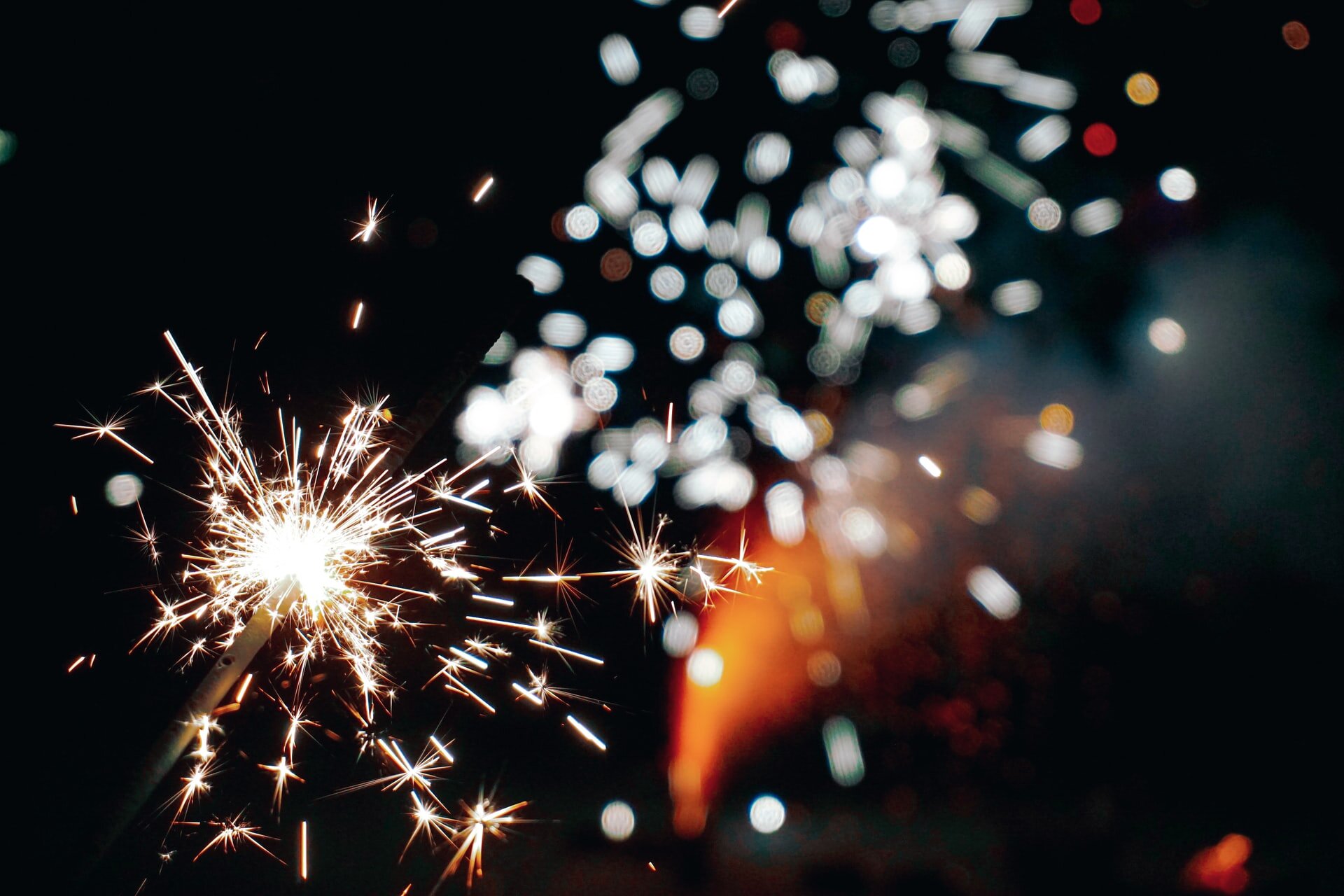
Then thinking about a private party in your garden, we would add the following:
Designate an area for the fireworks. Prepare the space in the daylight well in advance. Plan exactly where to position the fireworks and angle them well away from guests and structures. Then, if the firework falls over or doesn’t work properly it won’t hit your guests or anything else. Have buckets of sand in this area to set your fireworks in. Decide where and how you are going to attach any Catherine Wheels or special fireworks. Ensure this space is well away from your bonfire or fire pit. Never carry fireworks in your pockets. If you are having children at the party, rope off this area or put a barrier up so that they are kept out of harms way - it is advised that this should be at least 5m - children can get very excited around fires and fireworks - it is your responsibility to keep them safe. Have just one person lighting the fireworks - ideally the person who has set up the area. Read the firework instructions in daylight beforehand - if this isn’t possible, use a torch rather than a naked flame in the dark. Make sure the person lighting the fireworks hasn’t consumed alcohol beforehand - plenty of time for this afterwards!
Sparklers are another great favourite at bonfire parties. These are always thought of as a more harmless option to fireworks, but be warned, they burn at temperatures of 1600°C, 16 times the boiling point of water, and if not used properly they can give a nasty burn. You should light them one at a time, everyone handling them should wear gloves and they shouldn’t be given to children under the age of 5. Ensure children do not run with them or wave them around other people. After they have gone out they should be put straight into a bucket of cold water. It’s a good idea to have several buckets of water around if you are having a big gathering so that no one has to walk too far to extinguish them.

Once you have got your plans in place it’s time to send out those invitations, purchase your fireworks and ensure you have a good supply of dry wood. Then of course there is the food and drink to think about… check out these recipes for some ideas…

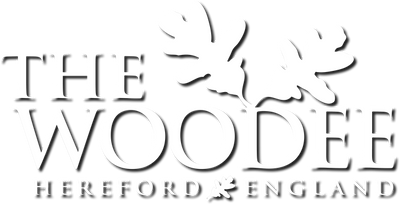
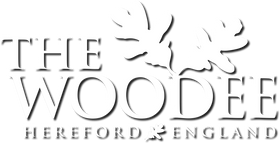
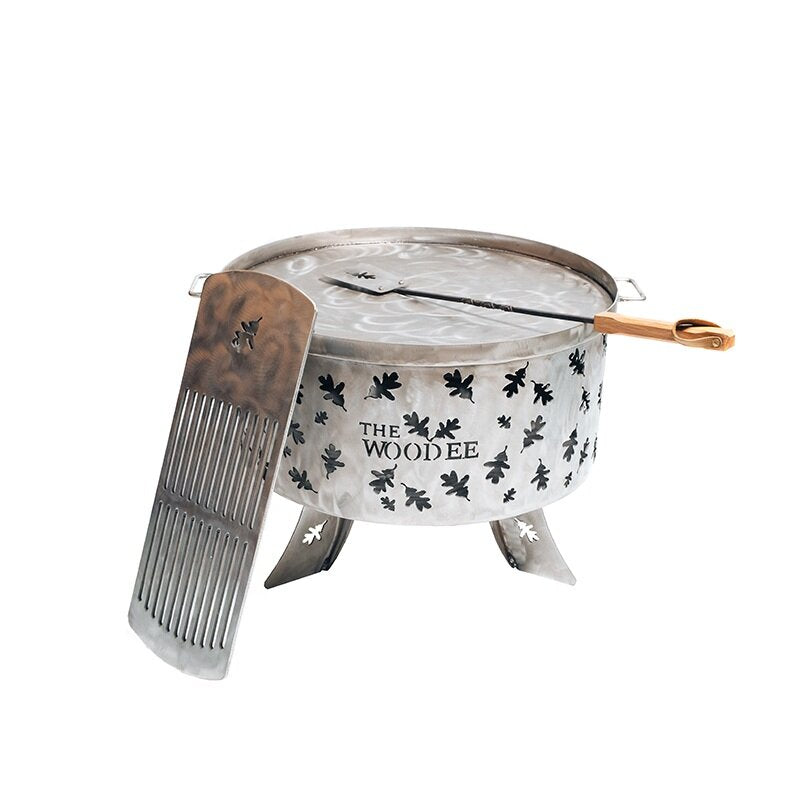
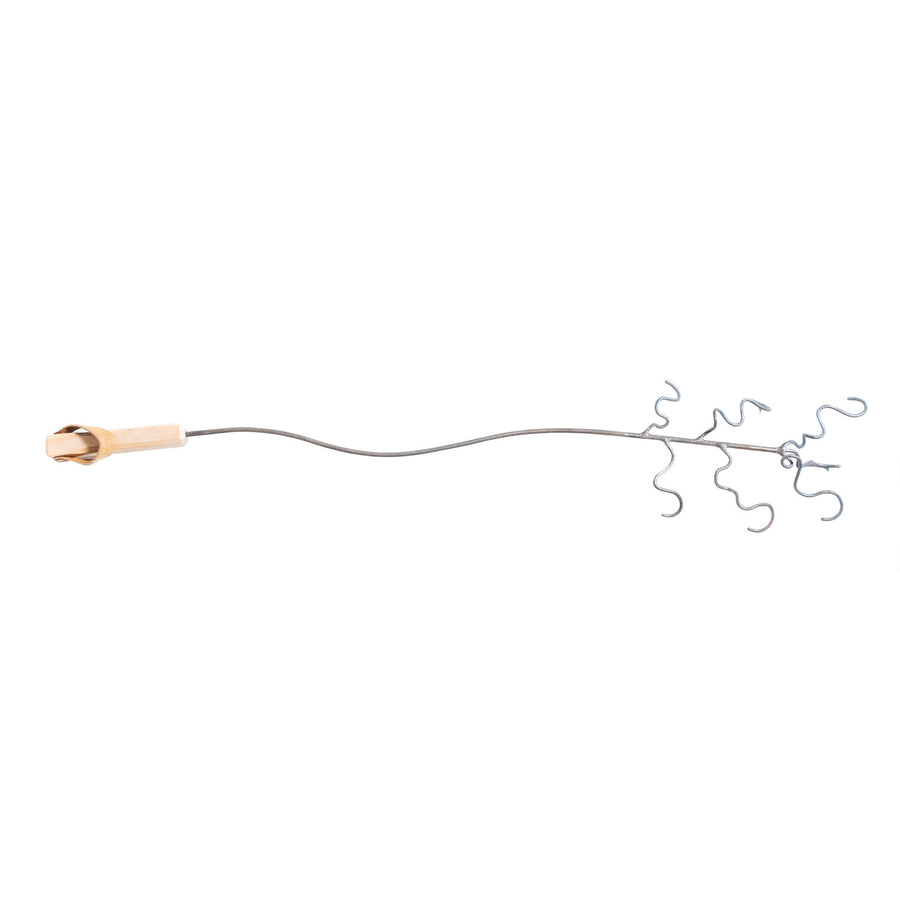
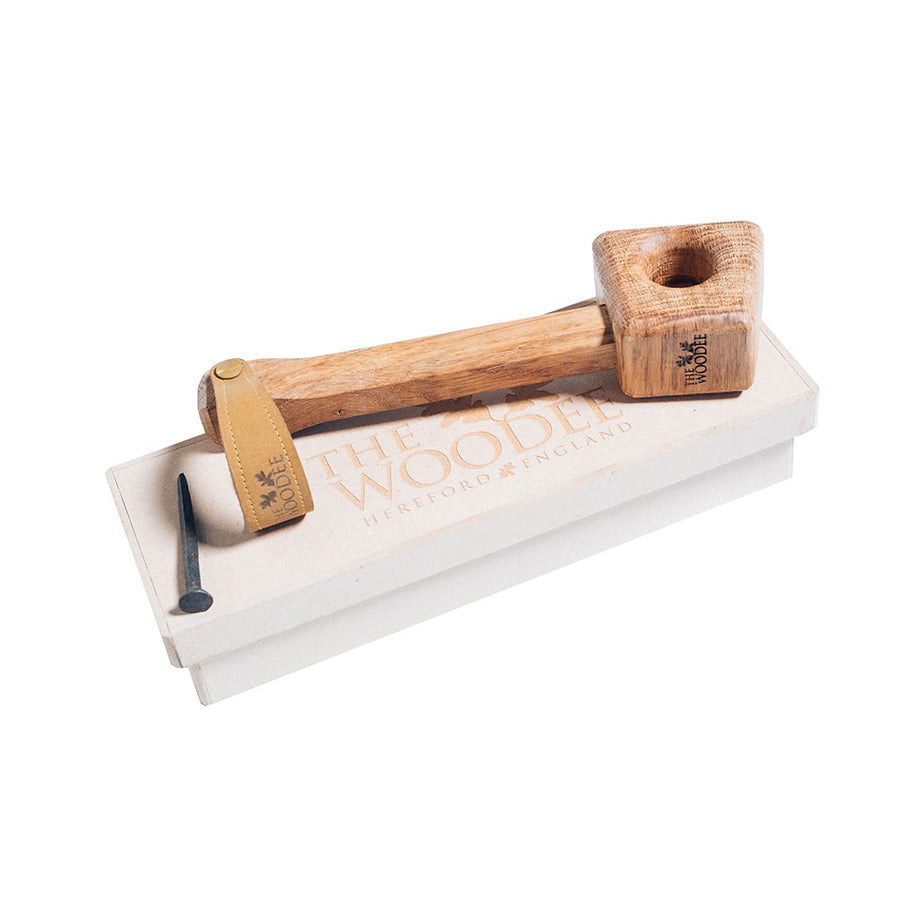
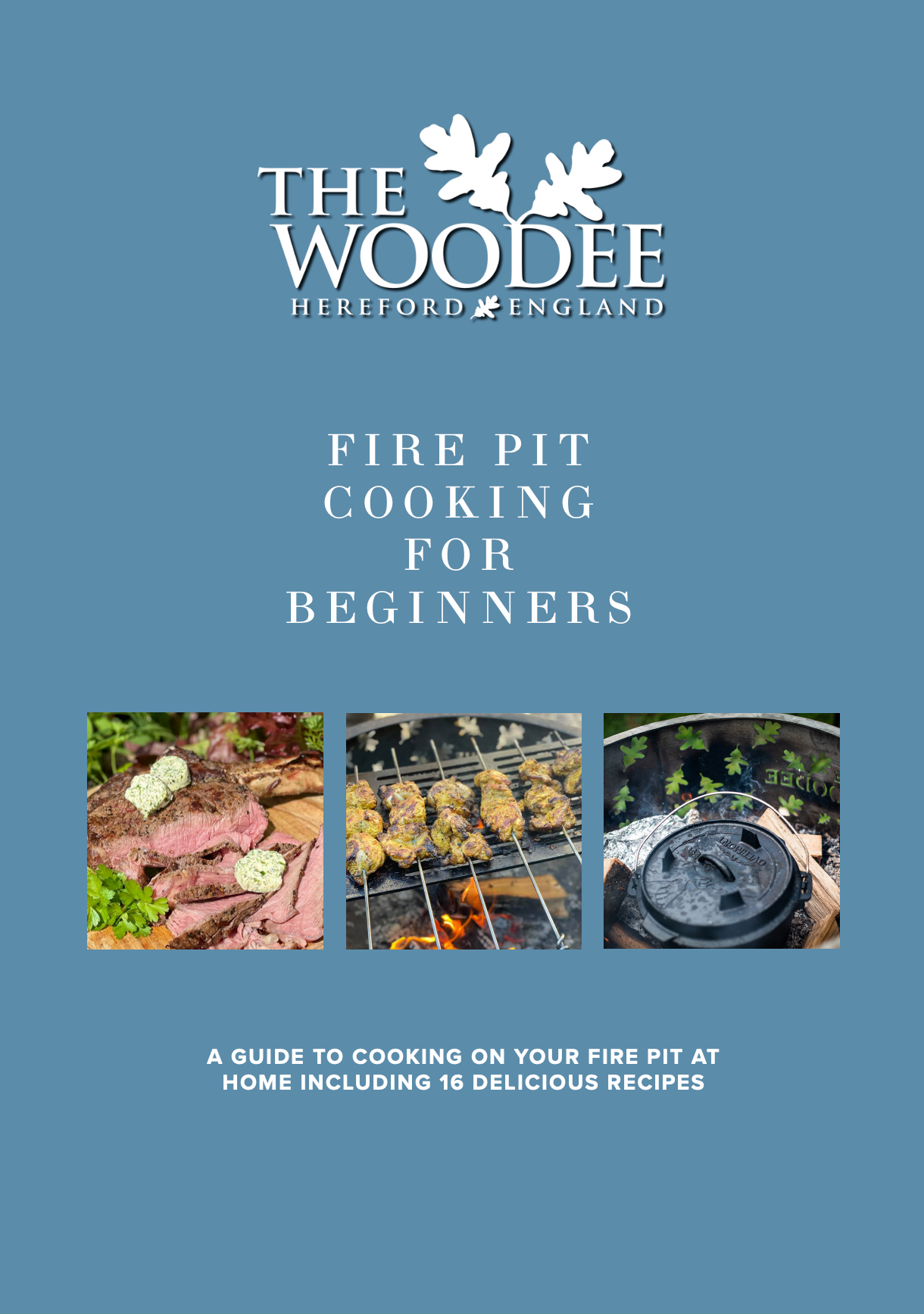
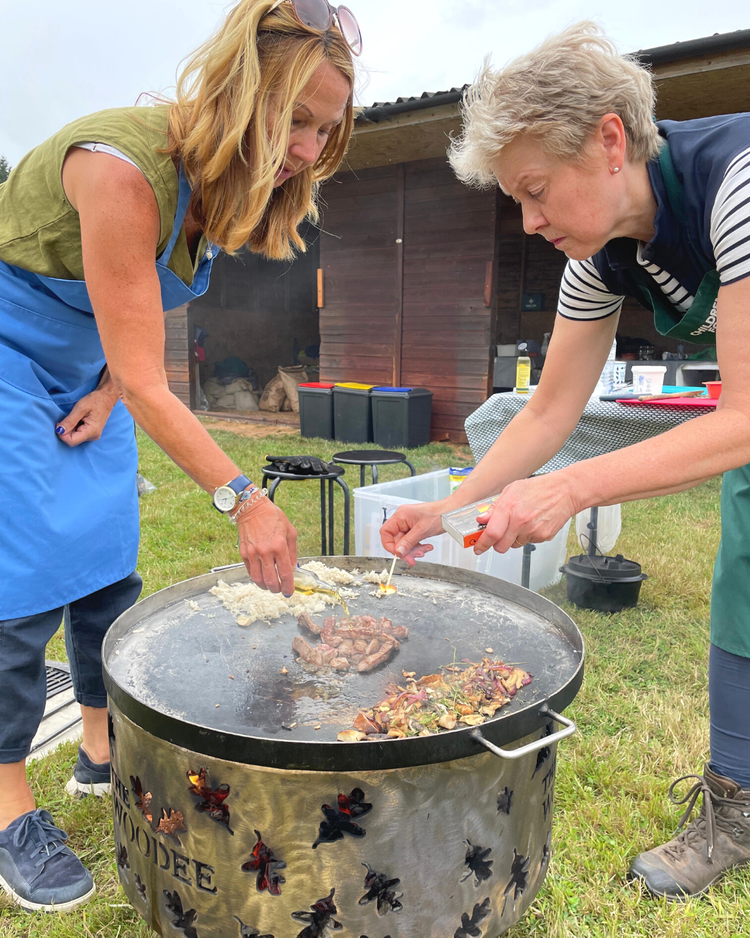
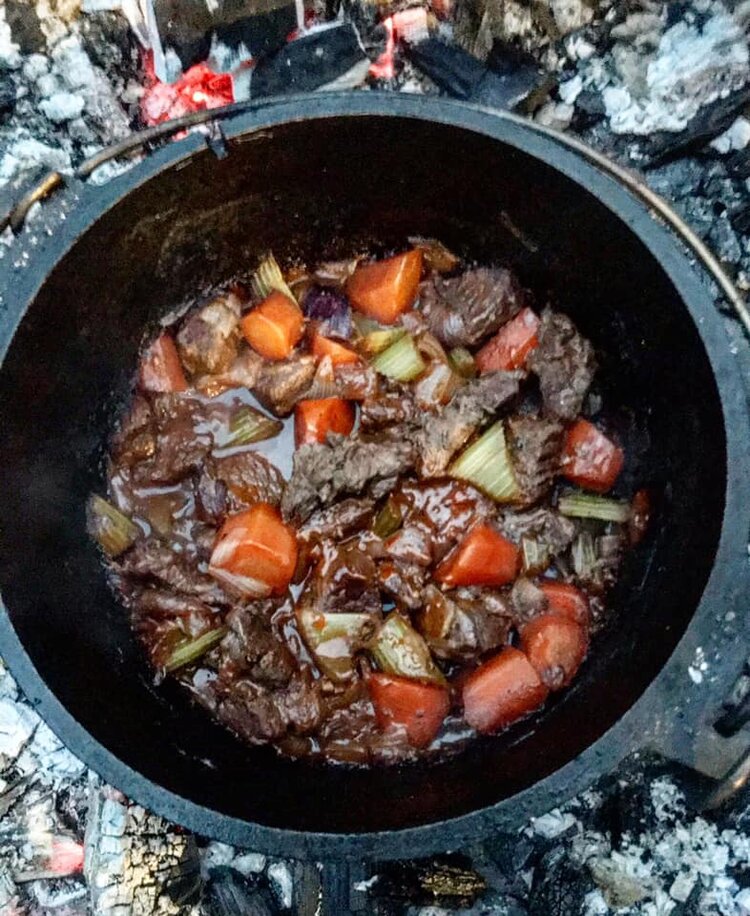
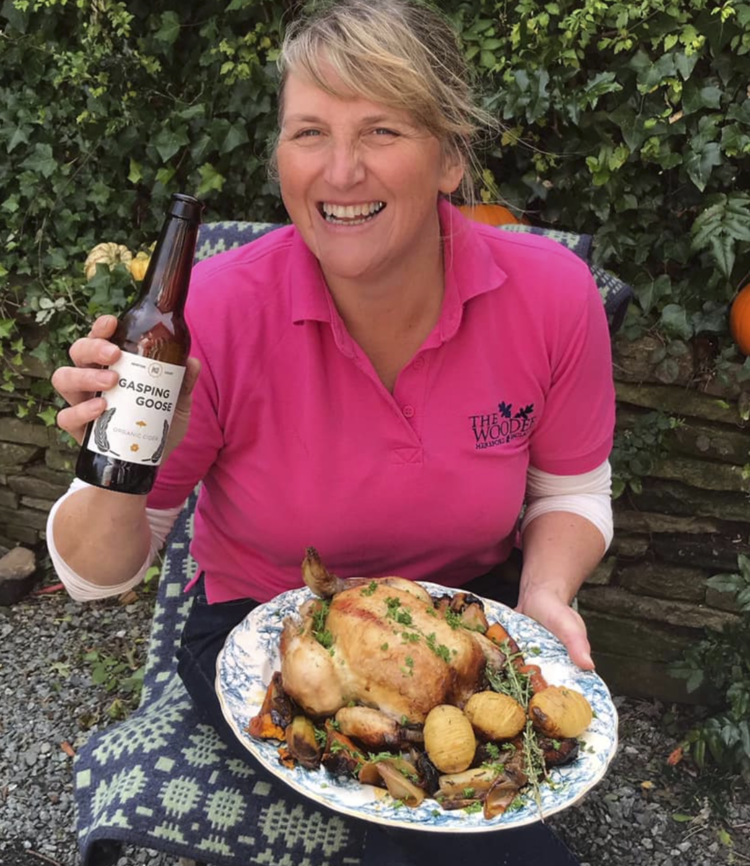
Leave a comment